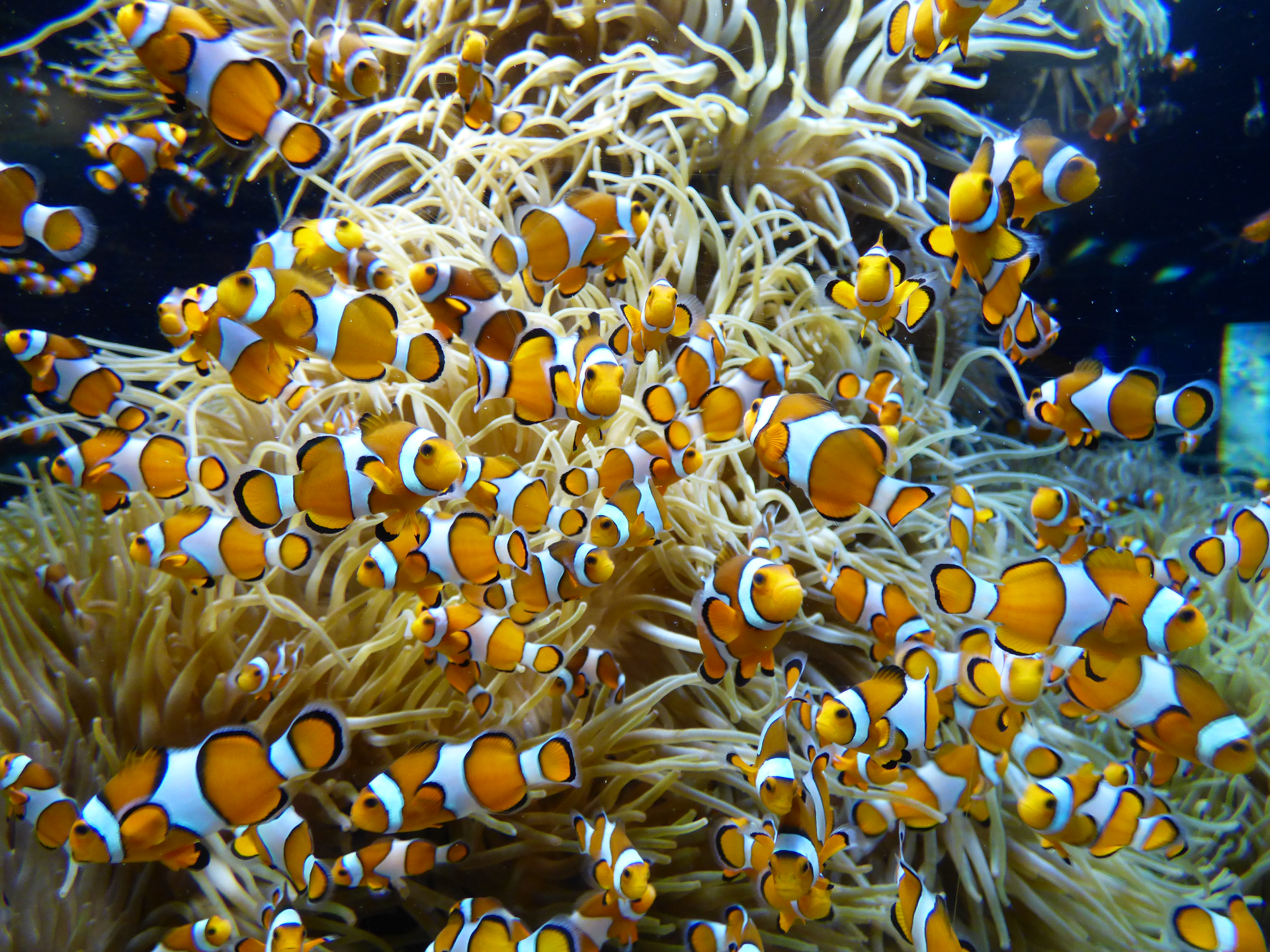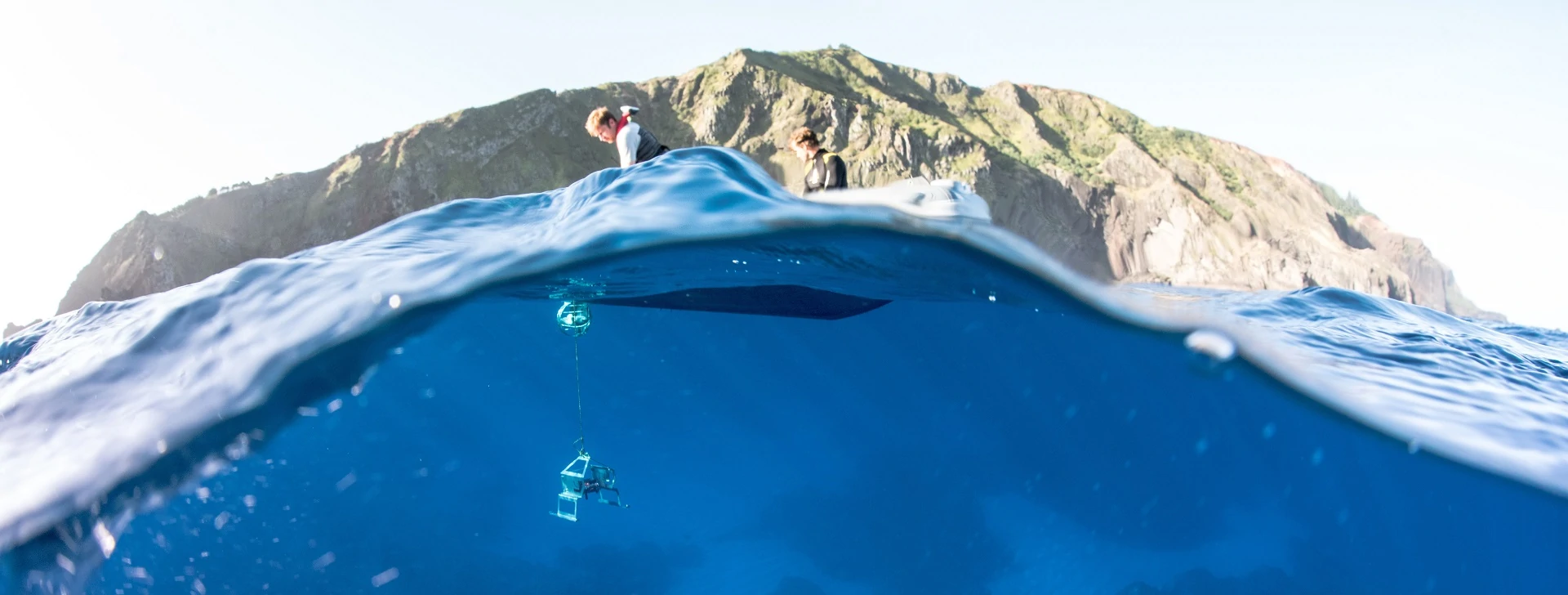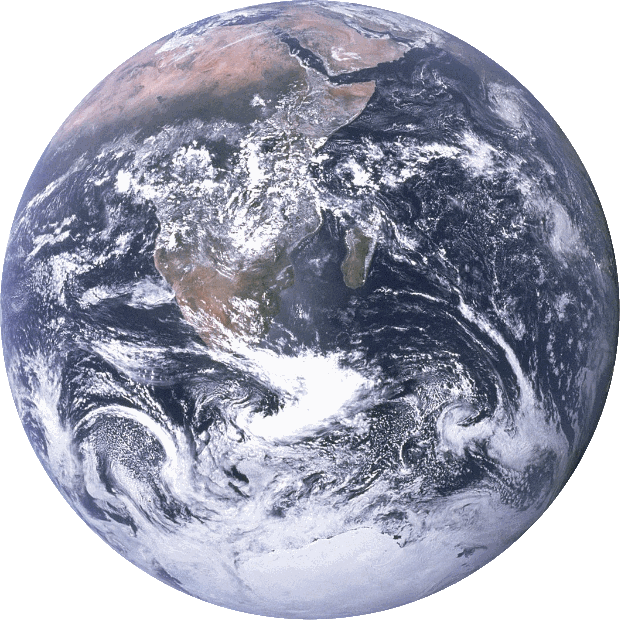DOI: 10.14466/CefasDataHub.95
CLiP South Africa Marine Litter Accumulation Study (Cefas-UKZN) 2019
Description
This dataset contains 2 csv files. The file SouthAfricaMarineLitterData.csv contains data on marine litter found during beach surveys in Umhlanga (north of Durban) and Amanzimtoti (south of Durban) in South Africa in September 2019. The number of items and the weight in kg is reported for each litter category. Each survey is named with the name of the location plus a capital letter between A and L for Amanzimtoti; and between A and K for Umhlanga. The capital letter indicates the order of the returning surveys at the same site. The list of item categories was obtain merging OSPAR and Tangaroa Blue protocols with the addition of region-specific items. Item categories marked with 'star' were added during the operations in South Pacific, item categories marked with 'star star' were added during the operations in Belize, and item categories marked with 'star star star' were added during the operations in South Africa. An array of metadata (location names, survey date, GPS coordinates in decimal degrees) is also reported per each data point. The file SouthAfricaMarineLitterMetadata.csv reports other metadata collected during the surveys following the OSPAR protocol to describe factors potentially influencing litter characteristics. A READ-ME text file contains a legend of the columns of the csv files. The United Nations Environment Programme (UNEP) defines marine litter as 'any persistent, manufactured or processed solid material discarded, disposed of or abandoned in the marine and coastal environment'. This study to analyse the accumulation of marine litter in South Africa was carried out under the umbrella of the Commonwealth Litter Programme (CLiP) in collaboration with the University of KwaZulu-Natal (UKZN). Marine litter daily accumulation rate was analysed at two sandy beaches in KwaZulu-Natal (South Africa) in September 2019. Marine litter above 5mm was collected categorized and weighed from 100 m transects at each site for 10 consecutive days at Umhlanga and 11 consecutive days at Amanzimtoti. Marine litter was collected in two zones; from the high tide line to the back of the beach (identified by change in topography and/or vegetation) ; and from the high tide line to the water. This allows comparison with both the CLiP data but also those data collected in other studies in the region. A 5 m buffer zone was designated either side of the 100 m transect, and cleared on day 1 to minimise the effects of wind throughout the study. The items were categorised in 189 item categories ordered in 11 material-categories (Plastic, Rubber, Textile, Paper, Wood, Metal, Glass, Ceramic, Sanitary, Medical, Other). The list of item categories was obtained by merging protocols from OSPAR and Tangaroa Blue and was expanded with country-specific items to allow comparisons with pre-existing daily accumulation studies in South Africa and the WIOMSA (Western Indian Ocean Marine Science Association) region. Metadata were collected at the beginning of the clean-ups following the OSPAR protocol. The initial clean-ups were carried out by or under the supervision of Cefas personnel, but the students from University of KwaZulu-Natal collected data independently when clean-ups were performed daily. GPS positions referring to the high tide line are reported for the start and end of the transect. The surveys were carried out on an out-going tide and timed to be completed around low water each day. All items were removed from the beach and properly disposed of and recycled (where possible).
Contributors
Preston-Whyte, Fiona / Meakins, Bryony / Silburn, Briony / Maes, Thomas / Glassom, David / Singh, Nivisti / Boodraj, Prishani / Mkhize, Tusiwe / Dauda Kwoji, Iliya / Makgolane, Thanky / Hennessy, Kellie-Kirsty
Subject
Litter Abundance and Type / Marine Litter
Start Date
10/09/2019
End Date
30/09/2019
Year Published
2020
Version
3
Citation
Cefas Marine Litter Team et al (2020). CLiP South Africa Marine Litter Accumulation Study (Cefas-UKZN) 2019 . Cefas, UK. V3. doi: https://doi.org/10.14466/CefasDataHub.95
Rights List
DOI
10.14466/CefasDataHub.95


